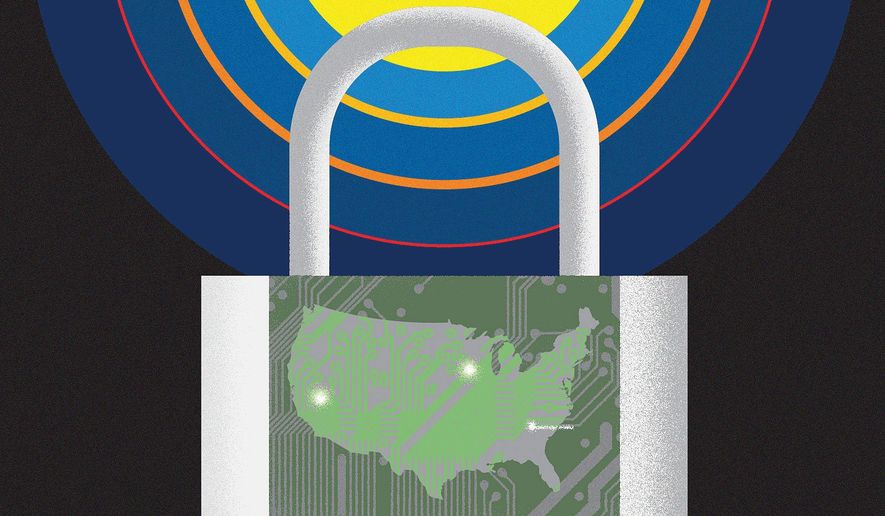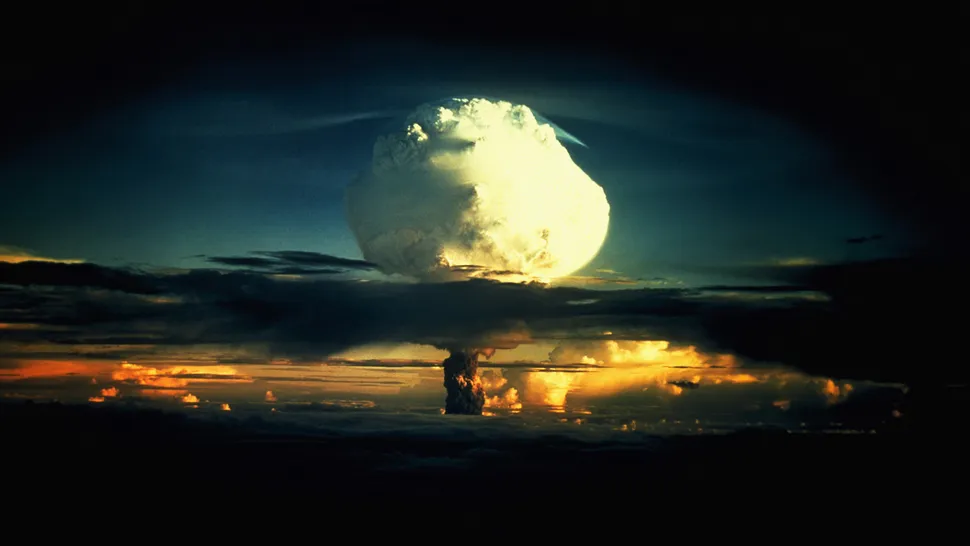 |
| Illustration by Linas Garsys/The Wash Times |
Leaders must protect the nation's infrastructure from the threat of an electro-magnetic pulse (EMP)
As a person growing up in Philadelphia, I was repeatedly bombarded with words of wisdom from my parents, teachers and others who would often cite Benjamin Franklin and his famous quote: “An ounce of prevention is worth a pound of cure.”
Franklin was giving advice regarding fire-prevention, but his advice has even more relevance today because there is a very serious threat to our nation’s security that has gotten far too little attention given the overwhelming and truly catastrophic consequences that would result.
Amazingly, this threat comes from the sun. Yes, that bright shining object in the sky that lights our days, makes the flowers grow, sustains our agriculture and whose rays can be made to generate electricity also has the capacity to obliterate our nation. It is a scientific fact that the sun has what non-scientists call solar superstorms from time to time, and it is also a scientific fact that these storms can launch huge blasts of devastating radiation and geomagnetic effects toward our planet Earth.
The more technical description for such an event is a “solar coronal mass ejection” (CME) or an electro-magnetic pulse (EMP).
There have been numerous solar superstorms over past centuries, but they left the Earth relatively unharmed either because the Earth was not in the path of the storm or because America and the world had not yet entered the electronic age of widespread electricity distribution systems and the profusion of electrical equipment and electronically controlled systems on which our modern society has become so very dependent. --->READ MORE HERE
 |
| Image credit: CORBIS/Corbis via Getty Images |
A U.S. Air Force base in Texas has taken the first steps to guard against an electromagnetic pulse (EMP) attack. But what, exactly, is an EMP, and how big is the threat?
Officials at the Joint Base San Antonio in Lackland, Texas, issued a request for bids to carry out a survey of a facility called the Petroleum, Oil and Lubrication Complex. The survey will identify any equipment that could be vulnerable to an EMP ahead of more detailed vulnerability testing, according to the request. After that, officials would figure out ways to keep that equipment safe in the event of an EMP attack.
What is an EMP?
An EMP is a massive burst of electromagnetic energy that can occur naturally or be generated deliberately using nuclear weapons. While many experts don't think EMPs pose a big threat, some people argue that these types of weapons could be used to cause widespread disruption to electricity-dependent societies.
"You can use a single weapon to collapse the entire North American power grid," said defense analyst Peter Pry, who served on the Congressional EMP Commission, which was set up to assess the threat of EMP attacks but shut down in 2017.
"Once the electric grid goes down, everything would collapse," Pry told Live Science. "Everything depends on electricity: telecommunications, transportation, even water."
According to the request, the testing at Lackland comes in response to a 2019 executive order issued by then-President Donald Trump for the federal government to strengthen its infrastructure against EMPs. Pry, who has consulted on the project, said the survey and resulting upgrades are part of a broader initiative by the U.S. Air Force to beef up its defenses against this type of threat. --->READ MORE HEREFollow links to related stories:
Why the US should care about the China-India 'blackout war'
Averting the Doomsday Scenario of a National Electric-Grid Failure: A Case for Advanced Nuclear Energy
If you like what you see, please "Like" us on Facebook either here or here. Please follow us on Twitter here.

No comments:
Post a Comment